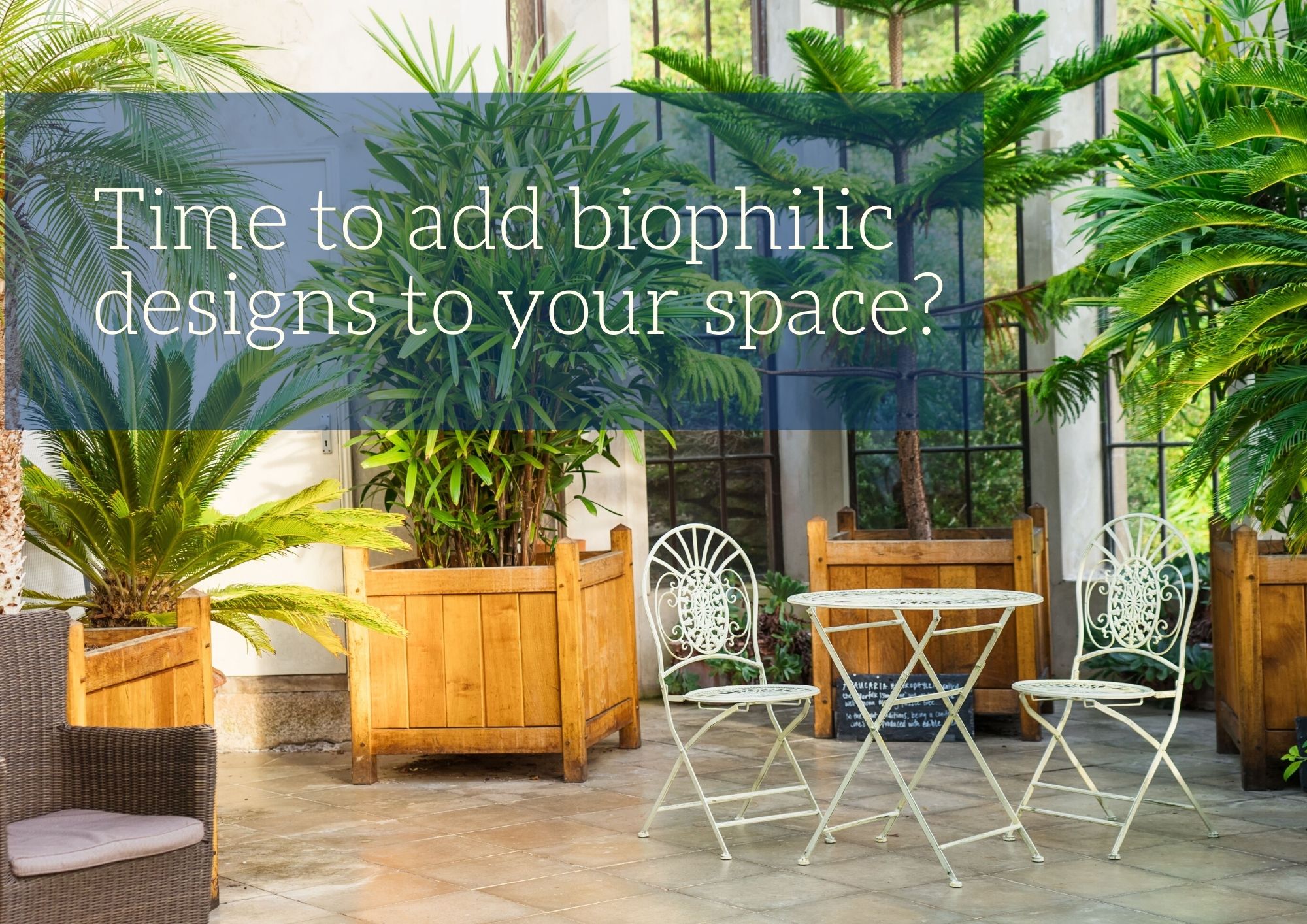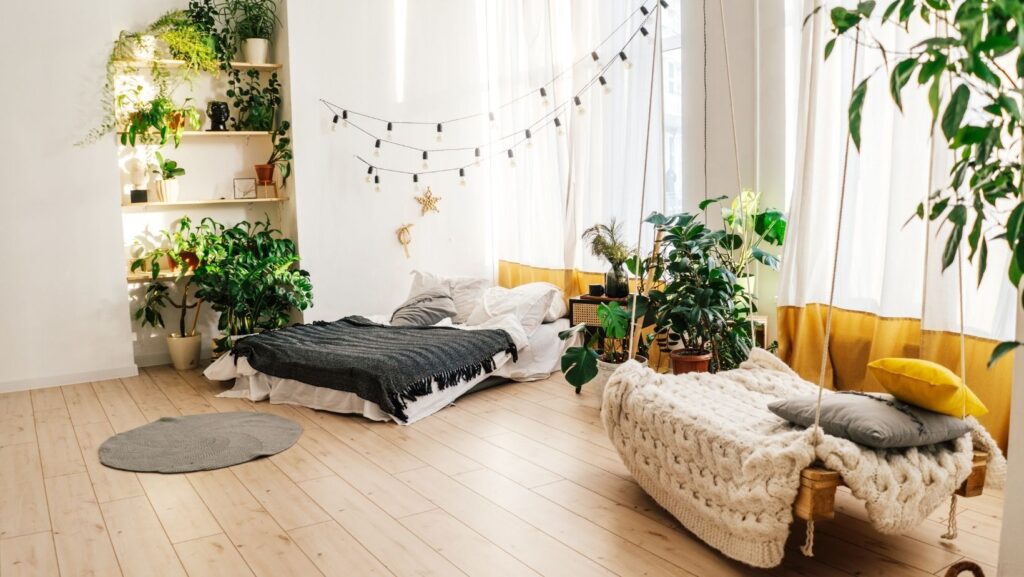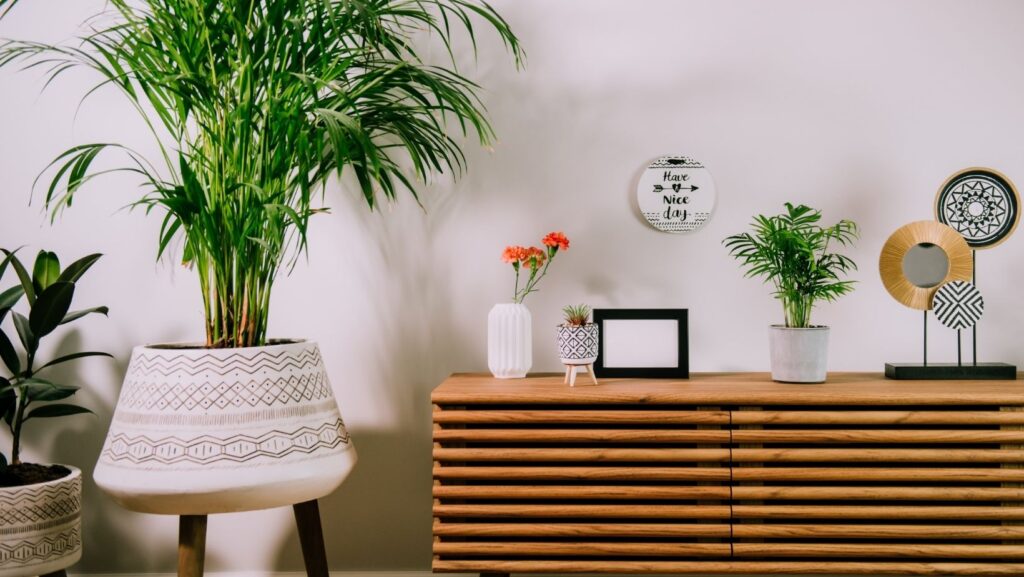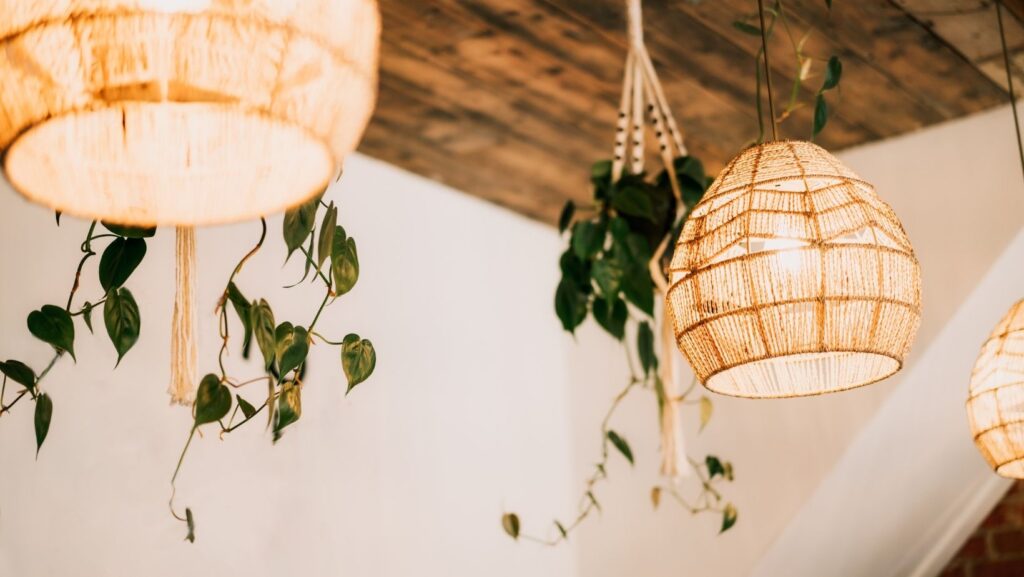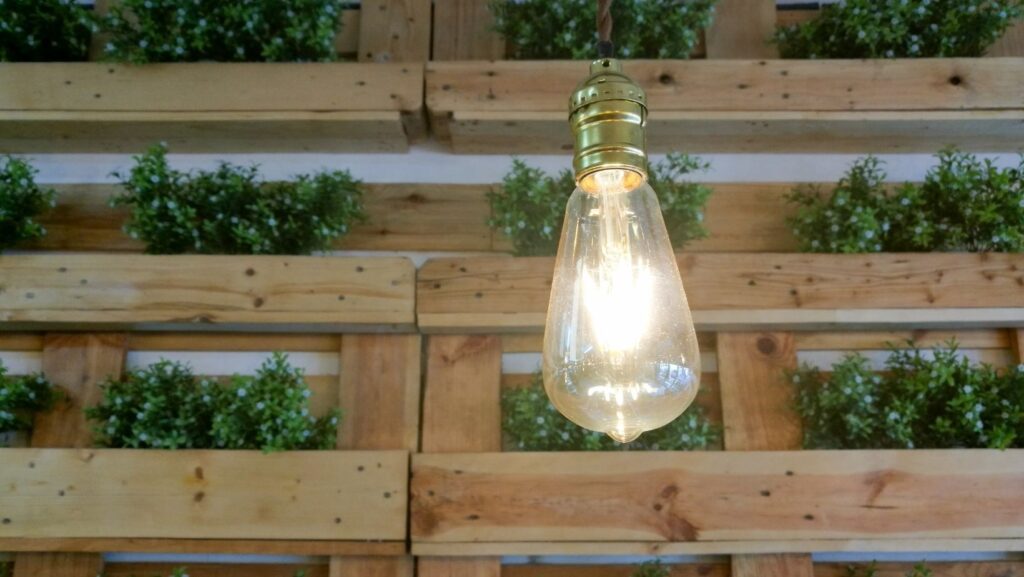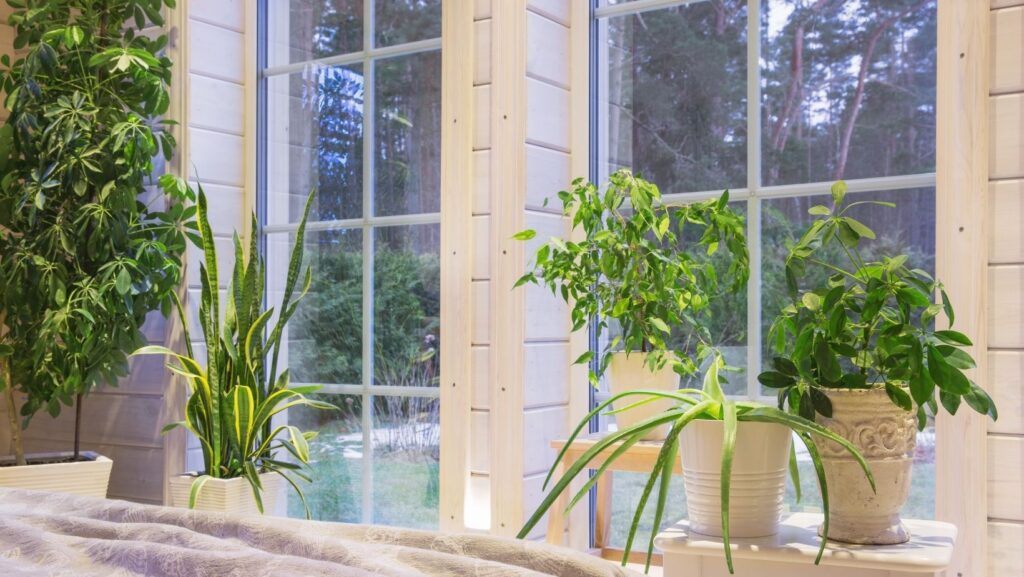What Is Biophilic Design?
The Biophilia hypothesis proposes that the human subconscious looks constantly for a deeper connection to life and nature as an inherent need. The American biologist and writer Edward O Wilson(1) made it clear that biophilia is the innate tendency to focus on life and a lifelike process(2).
Researchers have found that constructions and spaces that are completely separated from nature can potentially have negative effects on the psychological and even the physical health of human beings.
That’s why innovators have created the biophilic design concept that focuses on finding ways to increase human connectivity to the natural world through incorporating elements of nature into and around buildings and living spaces.
While green architecture is more related to reducing construction’s environmental impact, biophilic design goes beyond this by satisfying people’s inherent need to live next to and stay connected with nature. Although the term has only begun to be used in recent history, indicators of biophilic design have been seen in architecture from as far back as one of the seven wonders of the ancient world, The Hanging Gardens Of Babylon(3) !
A survey funded by the U.S. Environmental Protection Agency (EPA) stated that we spend 90 percent of our time indoors(4). This is why biophilic architecture is the best way to reconnect people with the natural world. So if you live in a crowded city but you’ve always admired mother nature to the point where you daily imagine yourself being Zen in the arms of nature, consider including biophilic design as the ultimate option.
How Can Biophilic Design Help Improving Our Physical And Mental Wellbeing?
Biophilic design Is based on using natural materials, natural light and plants to create a more pleasing and effective living environment. It is undeniable that the concept has a wealth of benefits for people!
As cities and large towns are crowded with hundreds of millions of people, the biophilic design concept can help improve both the psychological and physiological health of the population including workers, shoppers, residents and even visitors.
Studies have found that the implementation of plants in interior places reduces stress and increases pain tolerance(5). In an average living space, five medium-sized plants can increase air quality by around 75 percent and mental health by 60 percent(6). Other studies have shown that elements such as nature sounds can improve health 37 percent faster than traditional urban noise(7).
Further, researchers have found that children growing up in green neighborhoods are likely to have less levels of asthma than those who live in ordinary buildings(8). In fact, lower mortality rates were observed in greener neighborhoods(9).
In biophilic cities, the capabilities of handling life crises and social connectivity are found to be better and higher than in urban cities that are entirely divorced from nature and this has been demonstrated to result in less crime, violence and aggression(10).
Why Is Biophilic Design So Important For The Environment?
Biophilic design is one of the best design practices in that it uses nature-based systems and is not only beneficial to the human wellbeing but to the environment as well.
As the world is becoming increasingly more urbanised, the environmental need for nature is growing. By adding natural elements such as plants, trees, rain gardens and green roofs to urban ecosystems, buildings and cities can manage stormwater runoff in a more efficient way.
Adding greenery and vegetative roofs and walls to urban cities not only reduce carbon emissions but decrease polluted water and improve biodiversity since the plants work as biofilters. Studies have shown that structures using vegetation, green rooftops and shading of streets can reduce heating and cooling needs by 25 percent and decrease the temperature fluctuations by 50 percent(11).
What Are The Economic Benefits Of Biophilic Design ?
Biophilic design may seem costly at first due to special maintenance requirements of added natural elements and higher priced organic items, etc… However, good health and environmental benefits that result from biophilic design can offset some of the costly infrastructure additions!
Using non-toxic natural building materials and resorting to biophilic practices in working places is very effective in providing a cleaner, more stress-reducing environment that supports the wellness of employees and keeps them motivated.
A study has found that taking biophilic design into consideration would make urban cities like New York see savings nearing 470 million dollars due to increased workers productivity in addition to 1.7 billion dollars savings from expenses resulting from crime(12) . Another study has shown that properties with biophilic design benefit from higher selling prices with many selling at 16 percent more than conventional builds!(13)
Direct Vs Indirect Experience Of Nature!
Most of us long for nature and need to be connected with it in order to balance and harmonize our lives. But, since the urban lifestyle is becoming more common for humankind, experiencing nature is becoming more and more rare. However, contact with nature has been proved to have a positive effect on us whether it is in a direct or an indirect experience.
In the urban environment direct experience of nature refers to plants, lights, water or any other aspect that includes direct contact with real green elements. Everyone has an urgent need of experiencing nature to obtain psycho-physiological benefits, and here comes the indirect or let’s say the virtual contact of nature which includes implementing natural materials such as wood and faux plants, observing birds or watching TV programs of nature… In fact, indirect experiences provide great solutions to spaces where plants are not desired or views of nature and access to a window are not feasible !
Experiencing real and virtual nature appears to both be very beneficial. Yet, nothing can outperform the goodness that comes from real natural touches to a living space.
So, whether it’s adding some more plants, installing a wood wall, finding the right aquarium or some other splash of nature, don’t hesitate to grow the biophilic design touches in whatever space is meaningful to you!
(1). ‘‘E. O. Wilson’’, Wikipedia The Free Encyclopedia, 25 June 2021, https://en.wikipedia.org/wiki/E._O._Wilson
(4) (5). Tobias Roberts, ‘‘What Is Biophilic Design?’’, Stories, July 21, 2020, https://www.buildwithrise.com/stories/biophilic-design
(6). ‘‘Q&A: What are the benefits of biophilic design? ’’, Chapman Taylor, January 13, 2020,
https://www.chapmantaylor.com/news/q-a-what-are-the-benefits-of-biophilic-design
(2) (3) (7) (8) (9) (10) (11) (12) (13). ‘‘Biophilic Design’’, Wikipedia The Free Encyclopedia, 24 June 2021, https://en.wikipedia.org/wiki/Biophilic_design#cite_note-Kellert,_Stephen_R._1993-2


